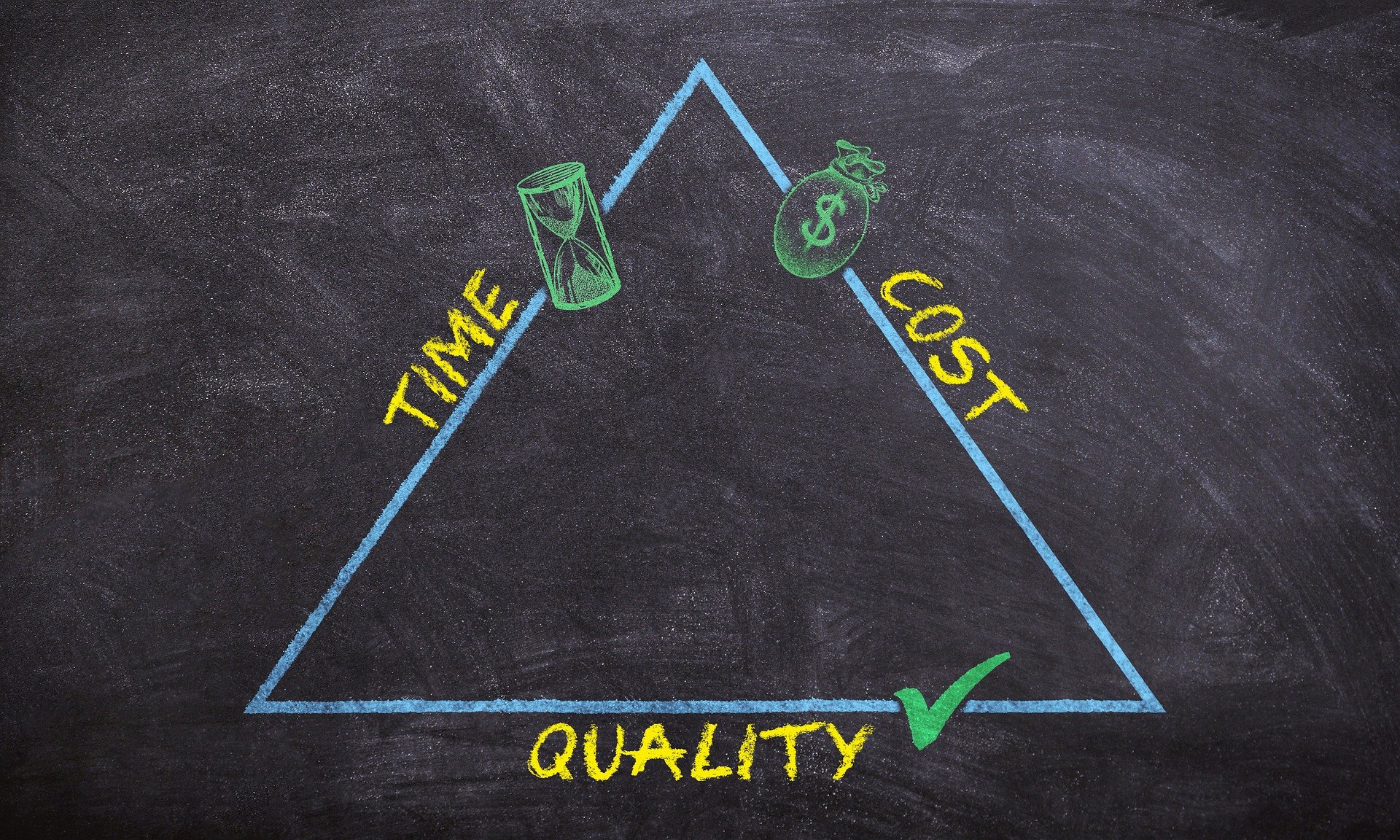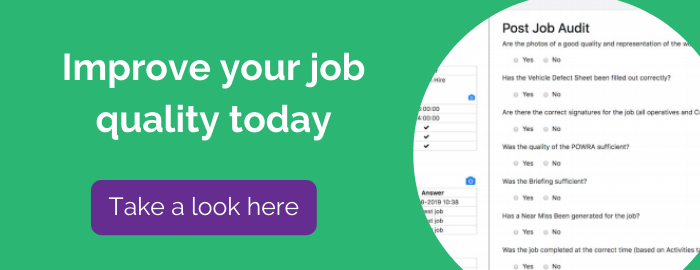In the past, the most common way to identify problems within a mobile workforce has been when customers and clients start making complaints.

That was because there used to be no simple way for a manager to track the performance of employees who were working remotely.
With the arrival of cloud-based management tools, everything changes.
Here’s a look at how technology can help to track and improve the quality of mobile services:
1. Effective performance monitoring
To improve performance you first need to have a reliable way to track a team’s actions. This is where GPS tracking has been a game-changer for mobile services - allowing worker movements to be monitored in real-time.
A digital workforce management system connects to worker’s handheld devices, typically a smartphone, to follow their progress during the day. All of the data generated is automatically logged.
This provides basic information such as the time it takes to complete a task and the number of jobs completed in a day. But systems can also track everything from journey distances to break times.
The quality of services can also be tracked. A system such as MyMobileWorkers allows jobs to be rated; by customers, a manager - or both. For a customer, this can be based on their general service while a manager can rate areas such as safety compliance.
Visual checks
The use of visual information is an effective way to improve the monitoring of work. A workforce management system can require an employee to provide a photograph of work before and after work has been carried out.
This information is automatically collated along with the finished job report. It gives managers a way to review the quality of work and to identify any areas where there’s room for improvement.
2. Setting quality standards
Any kind of data that is digitally stored can be used with reporting tools to identify and set required standards for a mobile team. These data sets are often referred to as KPIs (Key Performance Indicators). They are based on real-world data, allowing targets to be realistic and attainable.
These standards can be qualitative, such as the time it should take to complete specific tasks. They can also monitor the quality of services - if customers are happy and managers are satisfied that protocols have been followed.
A digital workforce management system can track these ratings and alert managers whenever levels drop below the set standards. It allows a manager to identify any kind of issues before they become potentially costly problems.
3. Monitor, train, improve
With this kind of process in place, standards across a mobile workforce can start to be improved. Every aspect of operations can be assessed - from the time it takes to process paperwork to health and safety compliance.
Weaknesses can be addressed with additional training, support and general good management addressing performance issues. This may require working with individuals or it could involve making tweaks to help streamline a process.
With accurate tracking of performance, employees can be judged solely on what they deliver. Workers know exactly what’s expected of them and managers have the information they need to constantly hone and improve the performance of a mobile workforce.
Image by Dirk Wouters


